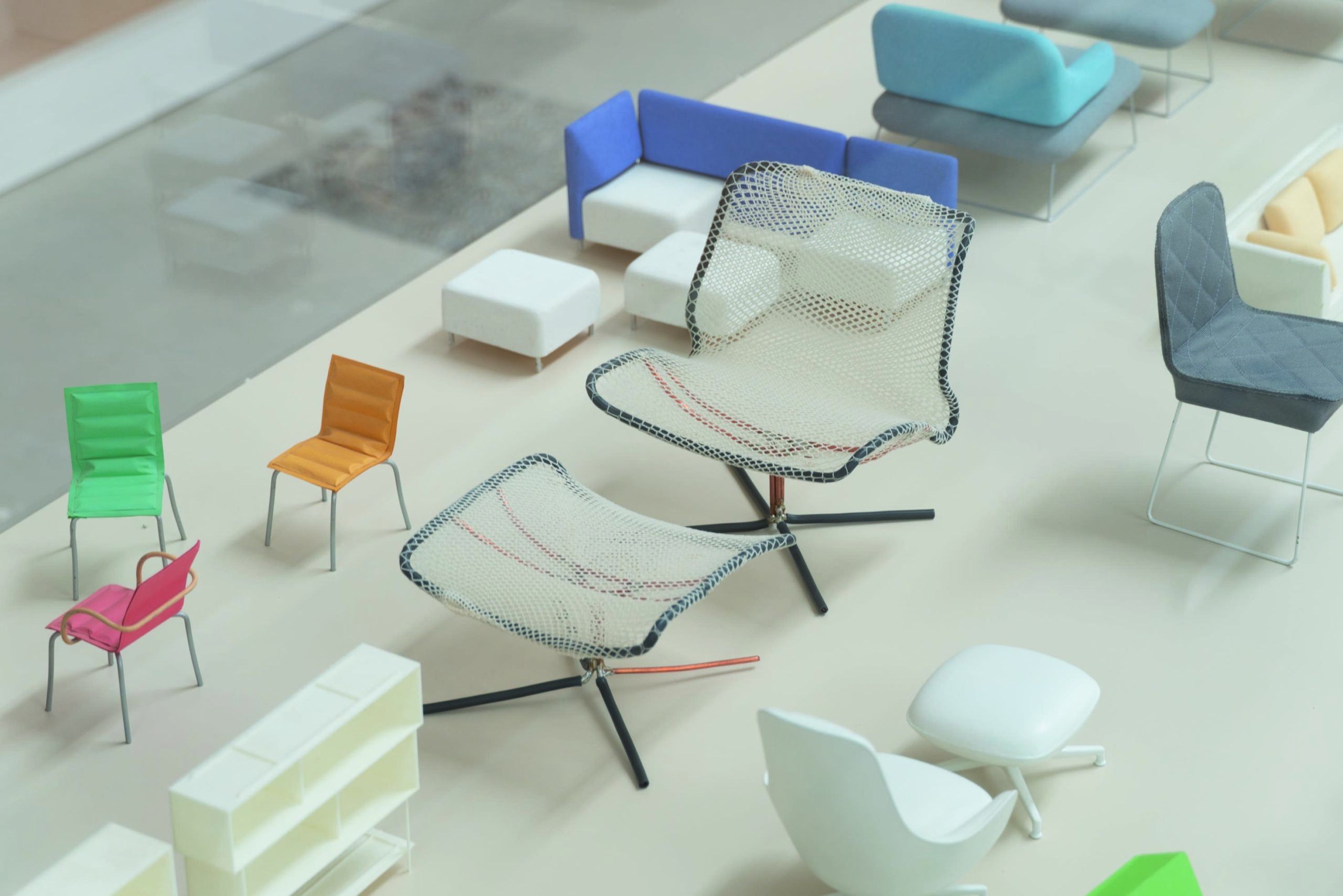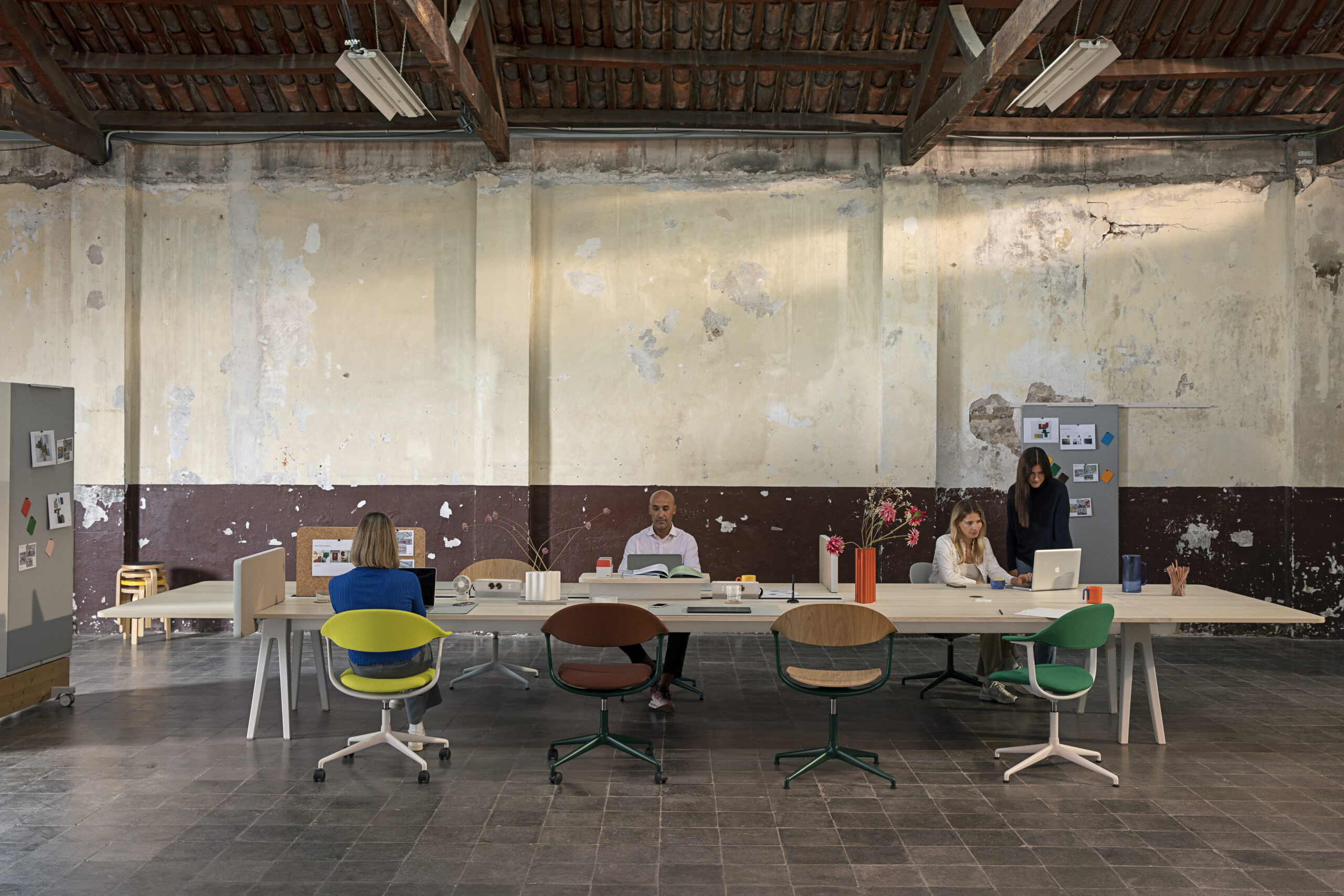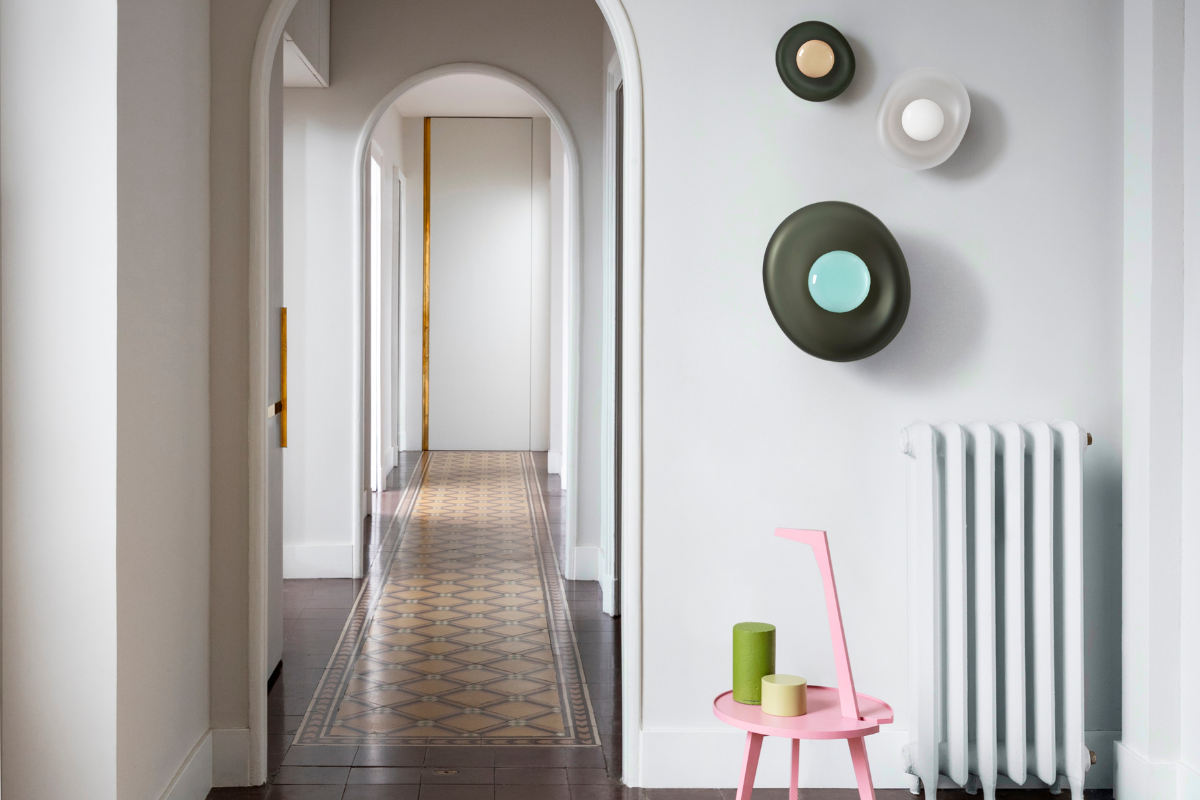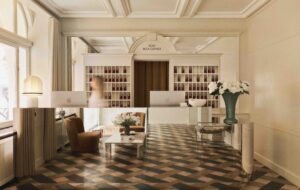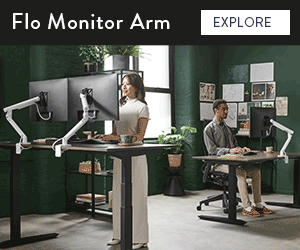
Why designers play a vital role in rejuvenating our deteriorating, out-of-town business parks for the long-term
Apt have been reflecting over the last 12 months on the unloved, out-of-town, edge-of-city business park and how these exceptional times are likely to mould the future of this contributor to the workplace. It is an important question to the studio with the successful completion in March of this year of our buildings, 400 and 450 Longwater Avenue at Green Park in Reading.
Until recently, business parks have been an unfashionable workplace model, with a standardised formula and uninspiring large floorplate office buildings, swathes of car parking and in the worst examples, remote and truly uninspiring surroundings.
Business parks also now have the additional challenge of competing with flexible working arrangements and people choosing to work from home in a post-Covid environment. How can business parks evolve sufficiently to provide a better experience and what assets do they already have at their disposal to make themselves more attractive? There are positives to the country’s best business parks, but challenges lie ahead as we must now imaginatively begin a rethink of this model.
The very best of the country’s business parks have made their setting a key asset, within a well-designed bio-diverse environment. As we readdress our relationship with green space, the outdoors and fresh air have become more appreciated and much valued in recent times. With many business parks enjoying proximity to the openness of the green belt, the potential to capitalise on their surroundings is positive and will be appealing to the future work force.
Read more: Workplace providers must do more to support tenants in these difficult times
Additionally, many business parks, both in their buildings and infrastructure, have built in flexibility, but they need to start demonstrating this effectively. Across the UK there are many existing business park buildings capable of adaptation through creative design, including conversion to residential use, enabling living, and working to co-exist and have the benefit of fewer constraints found within inner-city environments. New, none car based connectivity – trains, trams, buses and bikes – as well as densification, can bring a critical mass of cross over functions – residential, schools, shops, logistics – to sit alongside the new model of offices.
Business park buildings can also make a positive contribution to the climate crisis. Much of the business park building stock is now 25 years old and already obsolete. With an aggressive retrofit programme utilising materials with low embodied carbon, business parks can set a new benchmark for sustainable design that goes well beyond BREEAM and WELL certification and is more befitting of the natural environments that they are closely linked to.
With a greater mix of uses and focusing on a sustainable agenda there is an opportunity to accelerate the idea of becoming more localised, drawing parallels with the idea of the 15-minute city. If business parks can become more self-sustainable, then the current sight of building frontages being dominated by cars becomes redundant and the current challenges that they face around location become less restrictive.
Without evolution, business parks will struggle, but they have great potential to create a more positive identity than the one that they currently enjoy, attracting a more diverse range of people over the next ten years and evolving into communities in their own right, which can surely lead to lasting success.
Image courtesy of Apt


